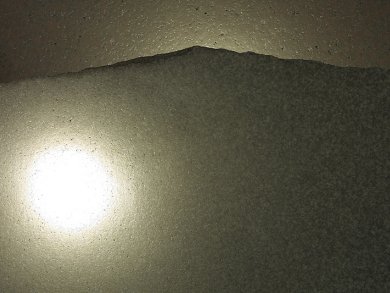Under optical illumination, rough metallic surfaces become dotted with electromagnetic hotspots, where the light is strongly confined in nanometer-sized areas, and Raman scattering is greatly enhanced. The Brownian Emitter Adsorption Super-resolution Technique (BEAST) developed by Xiang Zhang and colleagues, Lawrence Berkeley National Laboratory, USA, has made it possible to directly measure the electromagnetic field inside a hotspot.
BEAST uses 2D imaging of the fluorescence enhancement profile of a hotspot and Brownian motion of dye molecules to ensure that multiple emitters within the hotspot emit one at a time. The team found that that the field is highly localized and, unlike a typical electromagnetic field, does not propagate through space. The exponential shape of the field supports the existence of a localized electromagnetic field.
Hotspots could be used to concentrate sun light on the photocatalytic sites of solar devices, thereby helping to maximize light-harvesting and water-splitting efficiencies, or for the detection of weak chemical signals.
- Mapping the Distribution of Electromagnetic Field Inside a 15nm Sized Hotspot by Single Molecule Imaging
H. Cang, A. Labno, C. Lu, X. Yin, M. Liu, C. Gladden, Y. Liu, X. Zhang,
Nature 2011, 469, 385–388.
DOI: 10.1038/nature09698

